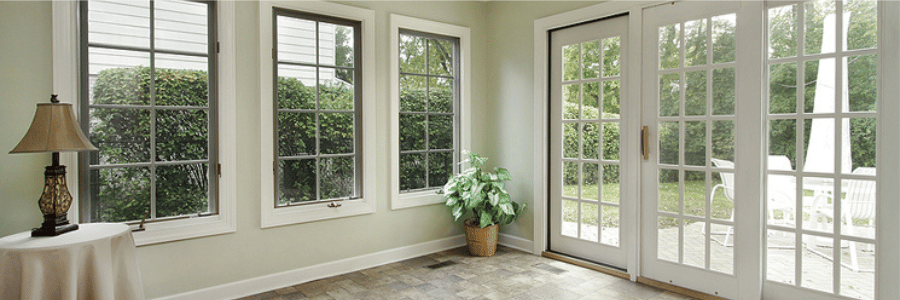When it comes to enhancing the aesthetic appeal and functionality of a home, window mulling plays a crucial role. This architectural technique not only contributes to the visual coherence of a structure but also impacts energy efficiency and practicality. In this comprehensive guide, we’ll delve into what window mulling is, its benefits, design considerations, installation and maintenance tips, and how it can transform your living space into a brighter, more inviting environment.
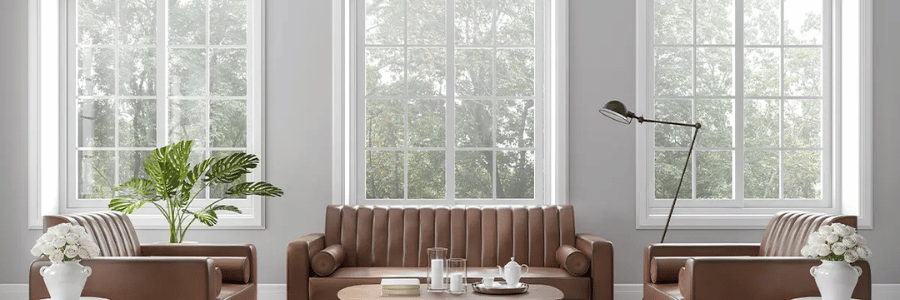
What is Window Mulling?
Window mulling refers to the process of joining two or more window units together to create a single, cohesive structure. This can involve the use of vertical or horizontal framing elements, known as mullions, which serve as structural supports. The result is a larger window system that provides an uninterrupted view and allows more natural light to enter the space. Mulling can be done with various types of windows, including casement, double-hung, and sliding windows, offering homeowners the flexibility to customize their designs according to their preferences.
The technique of mulling has a rich historical context, often seen in grand structures like cathedrals, historic homes, and public buildings. In the past, mulling was primarily used to enhance the grandeur of architecture, making spaces feel larger and more open. Today, modern advancements in window technology have made mulling more accessible to homeowners. It allows for a seamless integration of windows that can create stunning visual effects while maximizing energy efficiency.
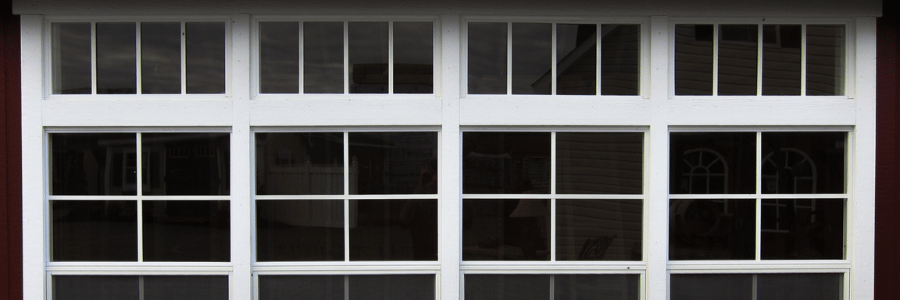
Benefits of Window Mulling
The benefits of window mulling extend far beyond mere aesthetics. One of the primary advantages is improved energy efficiency. By creating larger window units, mulling can reduce the number of frames and seals in a window assembly, which minimizes potential air leaks. This helps maintain a stable indoor temperature, reducing heating and cooling costs over time. In essence, fewer frames mean fewer points of vulnerability, leading to improved insulation.
In addition to energy savings, mulling enhances the overall aesthetic appeal of a home. Larger window units create a more open and airy feel, making spaces look more expansive. They can serve as a focal point, adding character and charm to both the interior and exterior of a building. For example, a well-mulled window can draw the eye and act as an architectural statement piece, giving a home a unique identity.
Moreover, by maximizing the amount of natural light, mulling can significantly improve mood and wellbeing. Natural light is known to enhance productivity and reduce stress, making spaces feel more inviting. Studies have shown that exposure to natural light can lead to increased happiness and even better health outcomes. In residential design, larger, well-placed windows can make rooms feel more connected to the outdoors, blurring the lines between inside and outside.
Design Considerations
When planning for window mulling, several design considerations are essential to achieving the desired outcome. First, consider the overall style of your home. Traditional homes may benefit from classic mullion designs that feature intricate details, while modern homes might opt for sleeker, minimalist frames that emphasize clean lines. The choice of materials is also crucial; wood, vinyl, and aluminum are common options, each offering different aesthetic and performance characteristics.
Wood, for example, provides a warm, natural look that can complement traditional styles, but it requires more maintenance than vinyl or aluminum. Vinyl offers durability and low maintenance, while aluminum provides strength and a sleek appearance, making it suitable for contemporary designs. Understanding these differences will help you choose materials that align with your aesthetic and functional goals.
Next, think about the orientation of your windows. South-facing windows can capture more sunlight, which may be desirable in colder climates where passive solar heating can reduce heating costs. In contrast, north-facing windows provide cooler, softer light, making them ideal for warmer areas. It’s important to balance light intake with energy efficiency, as excessive heat gain from direct sunlight can lead to increased cooling costs during summer months.
Additionally, consider the size and configuration of the windows. Larger windows can create a stunning visual effect, but they may also require additional structural support to ensure safety and stability. Consulting with a professional architect or builder can help ensure that your mulling project is not only beautiful but also structurally sound. They can also assist in selecting appropriate framing materials and methods that meet building codes and standards.
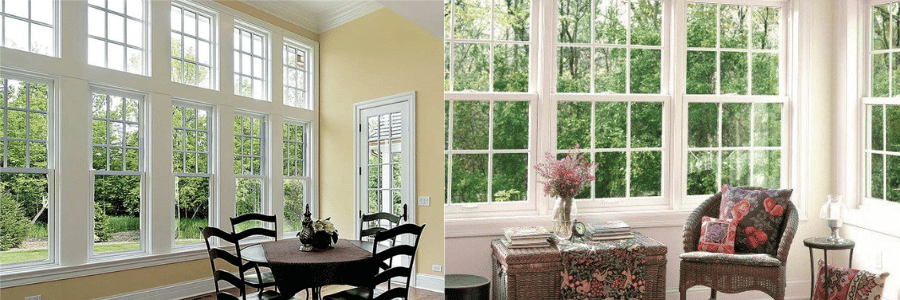
Installation and Maintenance
Proper installation is essential for the long-term performance of mulling systems. It’s best to work with experienced professionals who understand the nuances of window installation, including weatherproofing and sealing techniques. This will help prevent issues like air leaks or water infiltration, which can lead to significant damage over time. A professional installer will also ensure that the mullions are properly aligned and that the window units are securely fastened, providing both stability and aesthetic appeal.
Once installed, maintaining your mulling system is relatively straightforward. Regularly inspect the seals and frames for any signs of wear or damage. This is particularly important in climates with extreme weather conditions, where thermal expansion and contraction can affect window integrity. Cleaning the windows regularly helps prevent buildup that can affect visibility and overall appearance. Use a mild detergent and a soft cloth to clean the glass, avoiding abrasive materials that could scratch the surface.
Additionally, ensure that drainage channels are clear to prevent water accumulation, which can lead to mold growth or structural issues. Pay special attention to the area around the mullions, as debris can accumulate there and hinder drainage. Regular maintenance not only extends the lifespan of your windows but also keeps them looking beautiful.
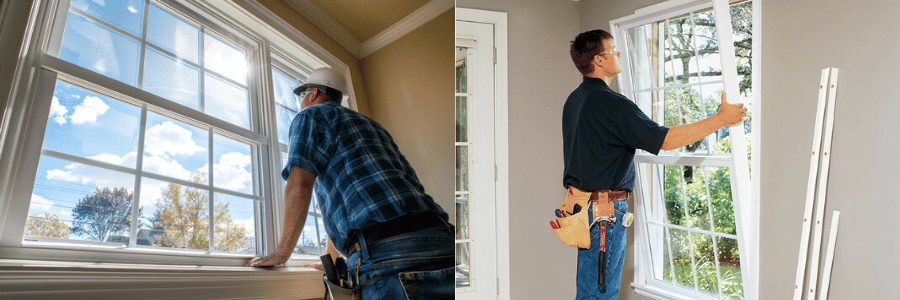
Conclusion
Window mulling is a powerful design technique that enhances both the functionality and aesthetics of a home. By understanding its benefits, considering design elements, and ensuring proper installation and maintenance, homeowners can create beautiful, energy-efficient spaces that bring in abundant natural light. Whether you’re renovating an existing space or designing a new one, consider the advantages of window mulling as a way to elevate your home’s appeal and comfort.
With thoughtful planning and execution, you can enjoy the timeless beauty and practicality of mulling for years to come. Transforming your living space into a brighter, more inviting environment is achievable with the right design choices. Embrace the elegance of window mulling, and let it illuminate your home in ways you never thought possible.

